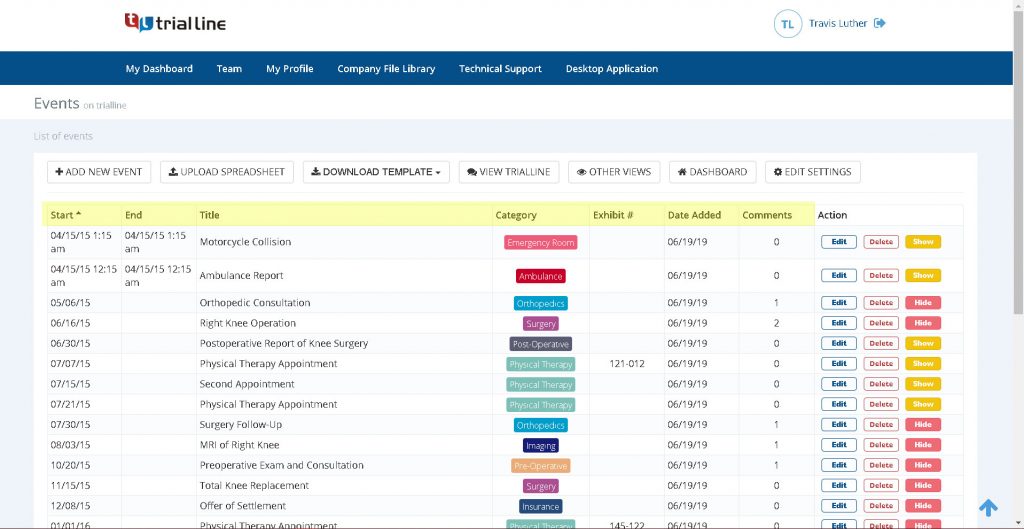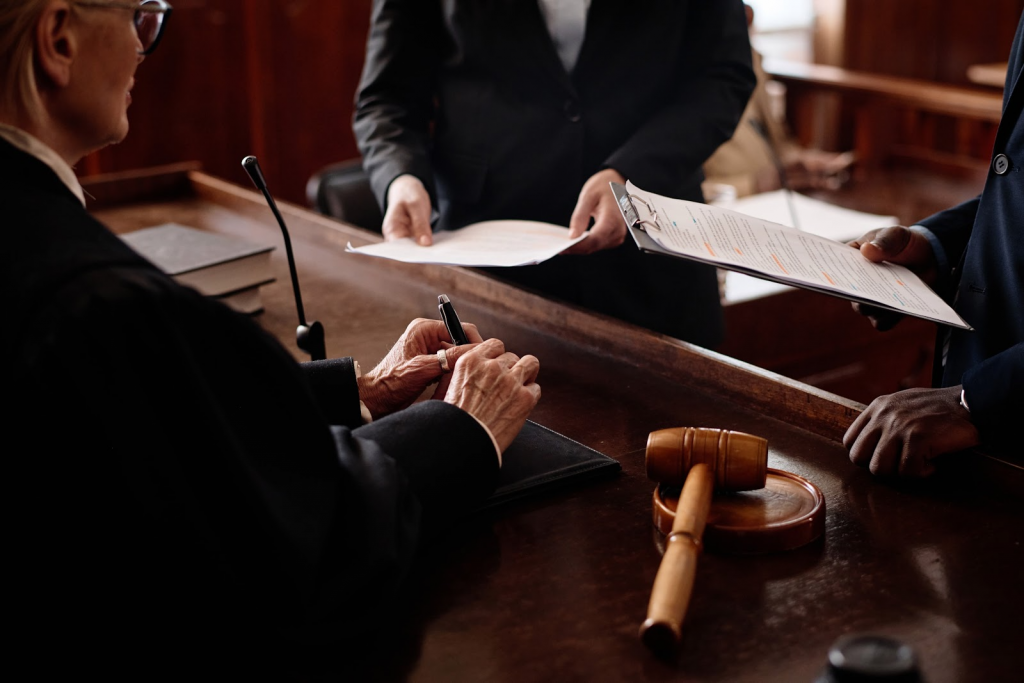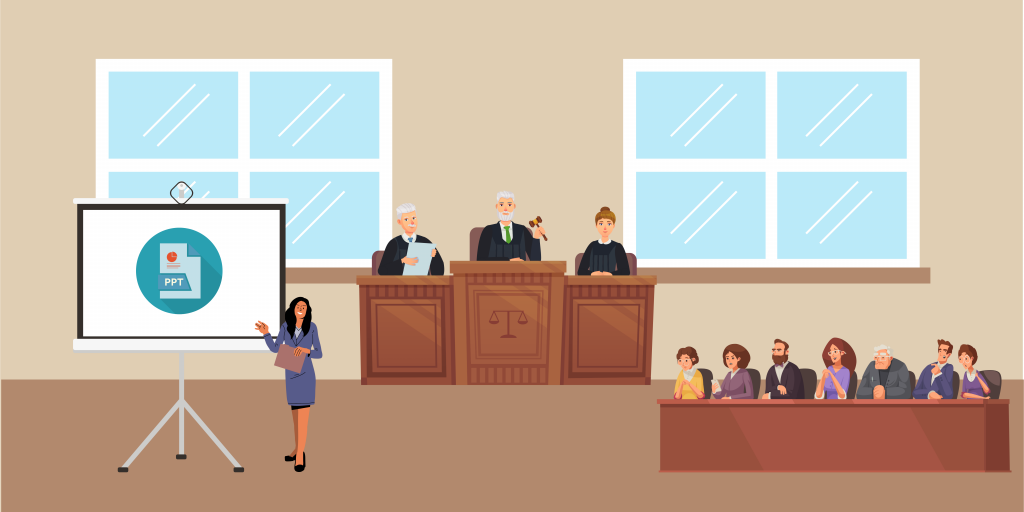A limited jurisdiction case refers to a civil or criminal matter that falls under the authority of a specific court based on the amount in dispute or the type of offense. These cases are typically handled by courts with clearly defined powers.
Courts with limited jurisdiction can only hear and decide cases related to specific subject matters. Most state courts are considered courts of general jurisdiction, meaning they can hear almost any case, including those involving federal law. However, some state courts have limited jurisdiction, such as municipal, county, or justice of the peace courts, though their names may vary by state. These courts handle particular types of cases, including family law, probate, traffic violations, juvenile matters, and small claims.
Understanding the timeline of a limited jurisdiction case is essential for those involved, whether as litigants, attorneys, or other interested parties. Below is a detailed outline of the process involved in managing limited jurisdiction cases from start to finish.
Initial filing of the case
The first step in any limited jurisdiction case is the initial filing. This begins when the plaintiff or complainant files a lawsuit of charges against the defendant in the appropriate court. It is essential to file in the correct court that has limited jurisdiction over the case, such as small claims court or misdemeanor court. The type of case determines the jurisdiction— whether it’s monetary limitations in civil cases or specific criminal offenses in criminal matters.
The documents required for the initial filing typically include:
- Complaint or petition
- Summons (to notify the defendant of the lawsuit)
- Filing fees
At this stage, the court assigns a case number and schedules the first court hearing or appearance.
Service of process
After the initial filing, the plaintiff is responsible for serving the defendant with the summons and complaint to ensure they are aware of the legal action. This step is called the service of process. Failure to properly service the defendant can result in delays or dismissal of the case.
The service of process is usually handled by:
- A sheriff
- A process server
- Certified mail
Once the defendant has been served, they are typically given a specific period (usually 20-30 days) to respond to the complaint or petition.
Defendant’s response
Upon receiving the complaint, the defendant must submit a formal response or answer to the court. This response may include:
- Denial of the claims
- Affirmative defenses (presenting legal reasons why the plaintiff’s claims are invalid)
- Counterclaims (claims filed by the defendant against the plaintiff)
If the defendant fails to respond within the allotted time, the court may issue a default judgment in favor of the plaintiff.
Pretrial discovery and motions
Once the initial pleadings are complete, the case enters the pretrial discovery process. Discovery allows both parties to gather information and evidence to support their claims or defenses. Common discovery tools in limited jurisdiction cases include:
- Interrogatories (written questions that must be answered under oath)
- Requests for the production of documents
- Depositions (sworn, out-of-court testimony by witnesses)
During this stage, either party may submit motion filings. These motion filings request the court to issue specific rulings before the trial starts, such as a motion to dismiss the case or a motion for summary judgment.
Pretrial settlement negotiations
Many limited jurisdiction cases are resolved before reaching a trial through settlement negotiations. In this process, both parties may attempt to reach a mutually agreeable resolution without going to court. Settlement negotiations may involve:
- Mediation (a neutral third party helps both sides reach an agreement.
- Settlement conference (court-ordered meetings between parties to discuss resolution)
- Informal negotiations between attorneys
Settlement is often preferred in limited jurisdiction cases because it saves time and resources for both the court and the involved parties.
Trial
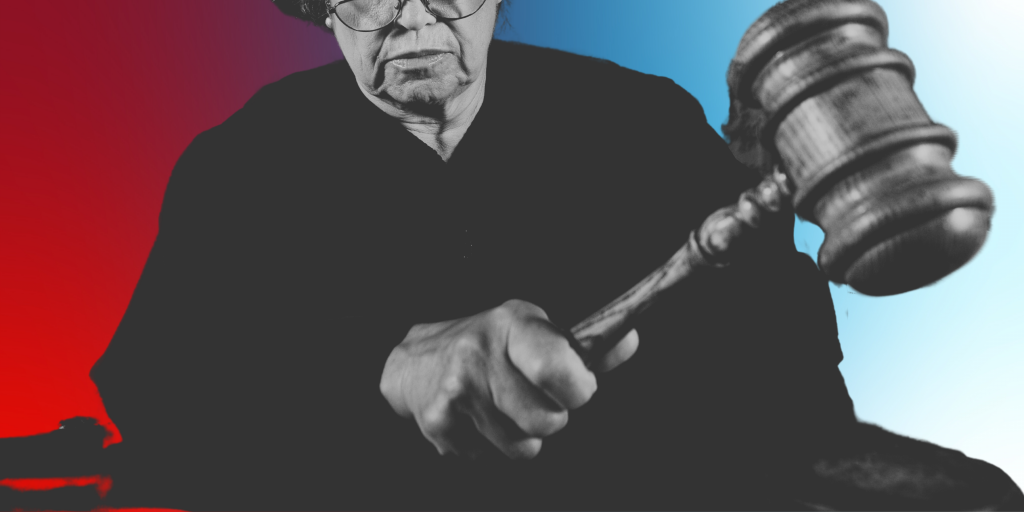
If the case does not settle during pretrial negotiations, it will proceed to trial. In limited jurisdiction cases, the trial process is often faster and less formal than in higher courts. The trial can be:
- A bench trial, where the judge makes the decision
- A jury trial, in cases where the law permits and the parties request a jury
During the trial, both parties present their evidence, call witnesses, and make their arguments. After hearing the case, the judge or jury renders a verdict.
Key Trial Elements:
- Opening statements by both parties
- Examination and cross-examination
- Presentation of evidence
- Closing arguments
Judgment and Post-Trial Motions
After the trial concludes, the court will issue a judgment. This judgment outlines the final decision regarding liability, damages, or other penalties. If the defendant is found liable, the judgment will specify the amount they owe or any penalties they must face.
After the judgment, either party may file post-trial motions. Common post-trial motions include:
- Motion for a new trial (requesting the court to conduct another trial)
- Motion for judgment notwithstanding the verdict (asking to overturn the jury’s decision)
- Motion to amend or alter the judgment
Appeals process
In limited jurisdiction cases, either party may file an appeal if they believe there were legal errors during the trial that affected the outcome. Appeals in limited jurisdiction courts are often heard by a higher court, such as a superior court or an appellate division.
Appeals typically involve a review of the trial record rather than a re-examination of the facts of the case. The appellate court will determine whether the law was applied correctly and whether the original court’s ruling should stand, be reversed, or be modified.
Enforcement of Judgement
Once a judgment is final, the prevailing party may need to take steps to enforce it. This could involve collecting monetary damages or ensuring compliance with court orders. If the defendant does not voluntarily comply with the judgment, the prevailing party may seek assistance from the court through:
- Garnishment of wages
- Seizure of assets
- Contempt of court charges
These measures ensure that the judgment is fulfilled as ordered by the court.
Handling a limited jurisdiction case follows a structural path from filing to final judgment. Understanding each step ensures the parties involved in such cases can navigate the legal system more effectively. Whether you’re dealing with a small claims dispute, misdemeanor charges, or other types of limited jurisdiction cases, it’s important to follow appropriate procedures to protect your rights and interests.
Limited Jurisdiction Case Management with Legal Timeline Software
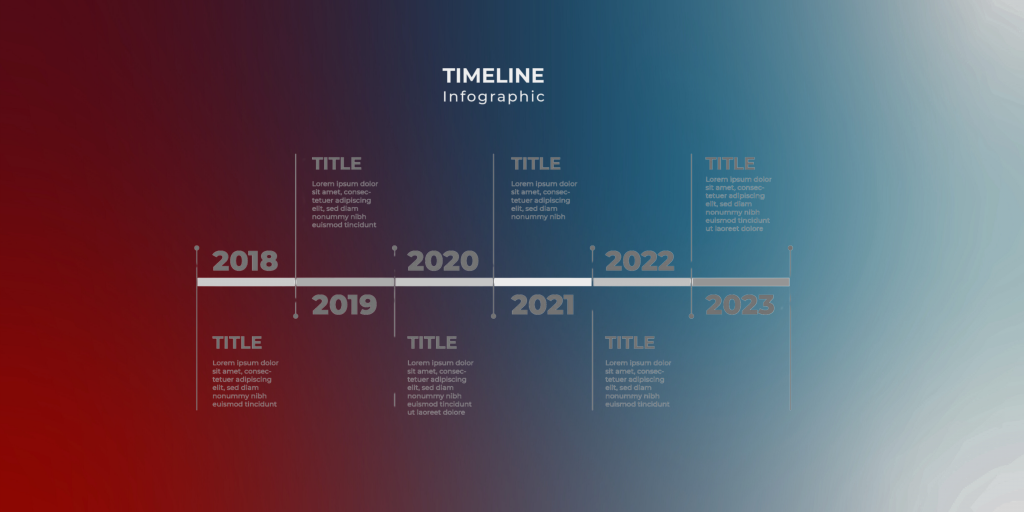
Although it’s uncommon for limited jurisdiction cases to go to trial, they can still become complex. Using legal timeline software to manage a limited jurisdiction case can significantly improve efficiency and organization throughout the process. These tools enable attorneys, paralegals, and legal professionals to monitor critical deadlines, filings, and court dates ensuring that every aspect of the case remains on schedule. Here’s how legal timeline software can assist in managing a limited jurisdiction case.
Case filing and initial steps
Case timeline software allows paralegals and legal professionals to input and organize key details from the initial case filing, such as filing dates for complaints and summons, service of process deadlines, court assignments, and jurisdiction tracking.
Pretrial deadlines and motion filing
The software can track the case timeline and manage deadlines for motion filings and other pre-trial activities. Key dates for motions, such as motions to dismiss or for summary judgment, are easily tracked with reminders and notifications, ensuring timely filings.
Discovery process
Legal timeline software helps monitor the entire discovery phase, during which both parties gather and exchange evidence. The software allows for tracking interrogations, depositions, and document production deadlines. It also enables setting reminders for important discovery milestones and coordinating schedules for all parties involved.
Court hearings and settlement negotiations
A litigation timeline software can log key events and dates for court hearings, pretrial conferences, and settlement negotiations. It can also store relevant court documents, making it easy to access and prepare for hearings.
Trial and post-trial monitoring
For cases that go to trial, legal timeline software can assist in managing trial schedules, including opening statements, evidence presentation, and witness testimonies. Additionally, it helps track the court’s final judgment and any post-trial motions.
Appeals and enforcement
If an appeal is filed, the software can continue to track key deadlines associated with the appeals process and the enforcement of the court’s judgment.
Utilizing legal timeline software to manage a limited jurisdiction case ensures that legal professionals stay on top of crucial deadlines, prevent missed filings, and maintain a well-organized workflow, throughout the entire case lifecycle.
Limited Jurisdiction Case Management with TrialLine
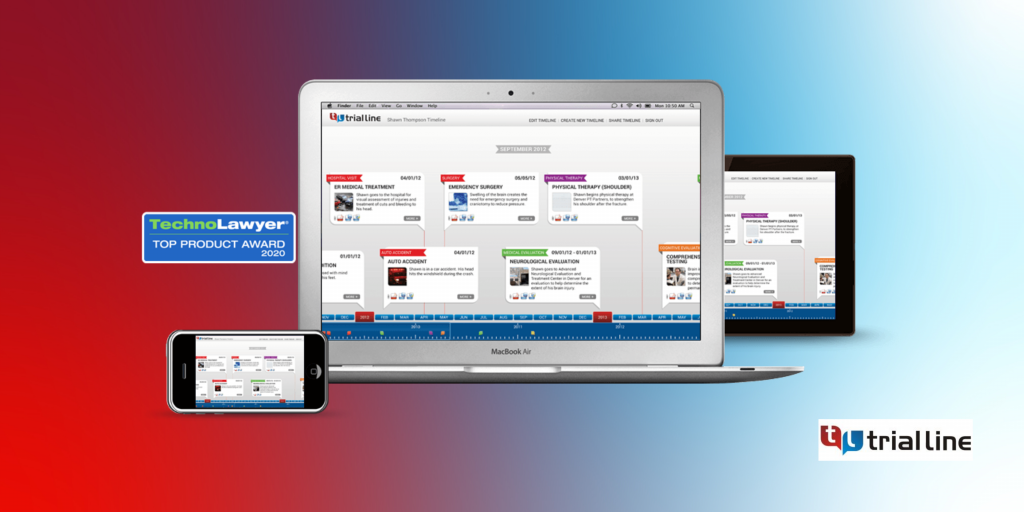
Limited jurisdiction cases can become complex. Though they are often viewed as small and straightforward, the varied procedures involved can make them difficult to navigate. Additionally, these courts frequently handle large volumes of cases, which adds to the challenge. The fast-paced nature of limited jurisdiction courts often makes it difficult to give each case the attention it needs. As a result, attorneys and legal professionals may struggle to track case developments and meet deadlines amidst a constant influx of new cases. Limited resources in these courts can further contribute to delays in processing paperwork, scheduling hearings, and issuing rulings, complicating effective case management.
Given these challenges, utilizing legal timeline software like TrialLine can greatly simplify the management of limited jurisdiction cases for legal professionals and litigants. TrialLine allows for clear tracking of deadlines, documents, and paperwork within a visual timeline. It also enables users to manage multiple cases efficiently, providing more time for additional research when needed. To experience TrialLine firsthand, sign up and enjoy a 7-day free trial, or schedule a free demo for guidance on using the platform.
Streamline your limited jurisdiction case management with TrialLine today!




